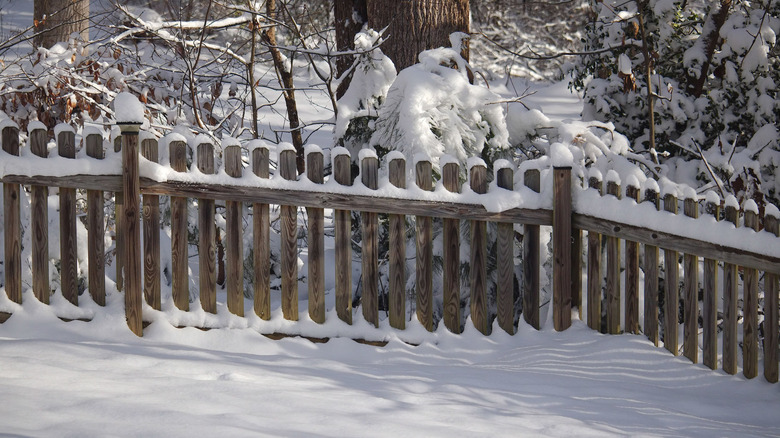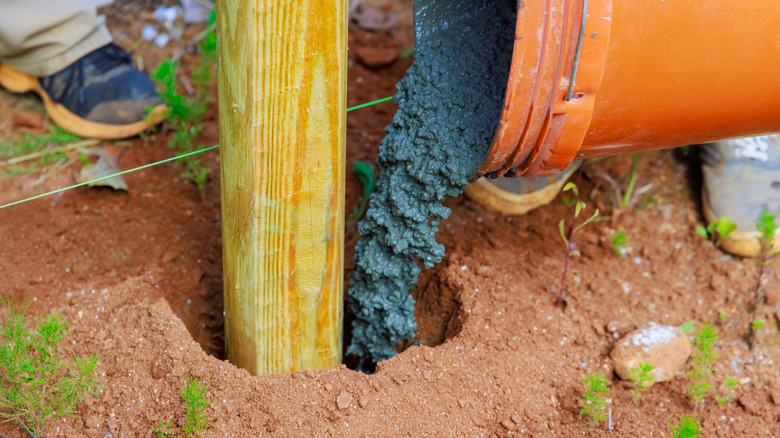Why The Frost Line Matters When Setting Your Fence Post
If you're building a wooden fence, there's a lot to consider to get the installation right. One of the most important parts of a fencing installation is setting the fence posts. Building the perfect fence includes ensuring fence posts are secure and have the stability they need. As part of this, you'll also need to consider the frost line — not doing this is one of the top mistakes everyone makes when installing a fence.
The frost line is the depth at which the ground may freeze during the winter season. If the bottom of the fence post is above this line, your fence can experience big problems in freezing temperatures. The ground will freeze and thaw, leading to frost heave and causing the soil to expand and contract. Your fence posts may get frozen and can shift or get pushed out of the ground.
To prevent these issues, you need to make sure that you set the posts at the correct depth. As a general rule, ensure each fence post is at least 3 or 4 feet deep or as much as 5 feet. However, the frost line varies by climate and area, so it's a good idea to check with your local building code office to find out exactly what the frost line is in your location.
Best practices for preventing frost heave and instability
Determining where the frost line is and burying your fence post deep enough is the first step toward preventing freezing problems with your fence, but you should remember a few other key things if you want to reduce the chances of freeze damage. For one, remember not to set a wood fence post into the soil directly. Always secure the fence post with concrete, gravel, or another material instead. Also, remember that diameter matters as well. Ensure the fence post hole is at least three times the fence post diameter. This will allow for a much stronger foundation. For more protection from cold weather, you may also want to install a frost sleeve. This can be placed around the post's base to give it extra protection and minimize frost heave.
Keep in mind also that some fence post materials are better against frost than wood, so you may want to consider alternatives. Steel and galvanized metal are great options that are much sturdier than wood. Pressure-treated wood will also perform better than non-treated wood. You may also want to consider composite or plastic fence posts since they'll absorb much less moisture and offer great durability.

